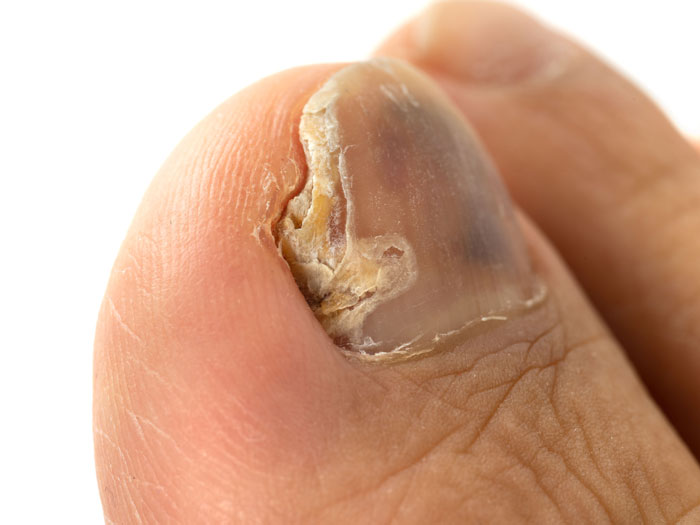The Importance of Clean Nail Care: Ensuring Healthy Nails and Hygienic Practices

During my encounter with gel nails at a Cebu salon 5 years ago, I was taken aback by the lack of cleanliness. In Japan, meticulous nail care is ingrained in the profession due to our nails' vulnerability to illness.
Since Japan's nail care education is influenced by the US, I believe that American nail care also upholds similar standards of hygiene.
Tool Sanitization: A Neglected Practice?
In addition to preventing nail diseases, Japanese manicurists are educated about bacteria. While most nail bacteria are eradicated by around 80% alcohol sanitization, the availability of pure ethanol is limited in many shops in the Philippines. But, it's crucial that we consistently sanitize our tools during nail care. In Japan, mostly nail salons practice soaking tools in an alcohol-based sanitizer, wiping them with antiseptic solutions, or subjecting them to UV light exposure.
Unfortunately, when I had nail care and gel nails at the first time in the Philippines, they apparently didn't practice them.
The Dangers of Nail Infections.
Have you heard of nail ringworm?
Trichophyton, the culprit behind this condition, is a weak bacterium. While it typically doesn't affect healthy individuals, the elderly are more susceptible due to decreased metabolism.
If manicurists neglect proper nail care can sometimes trap harmful bacteria within the nails.

For instance, debris and dust on nail plates before applying gels can lead to infections. These residues, composed of keratin and protein from dead skin, serve as a feast for bacteria. Hence, it is crucial to thoroughly remove them.
Educating Manicurists on Hygienic Practices.
Infected nails can deprive individuals of enjoying nail care and art for months.
Coping with the aftermath of an infection can become an obstacle in one's life. As responsible manicurists, we must prioritize preventing infections through proper knowledge and practices.
- nail care
- nail